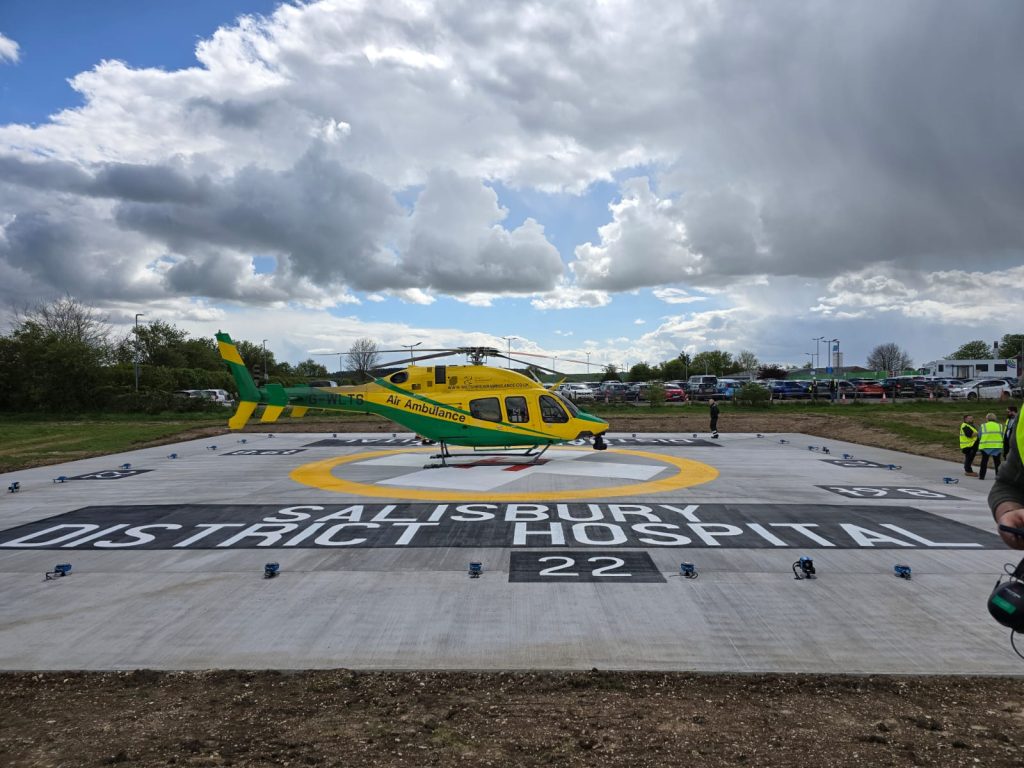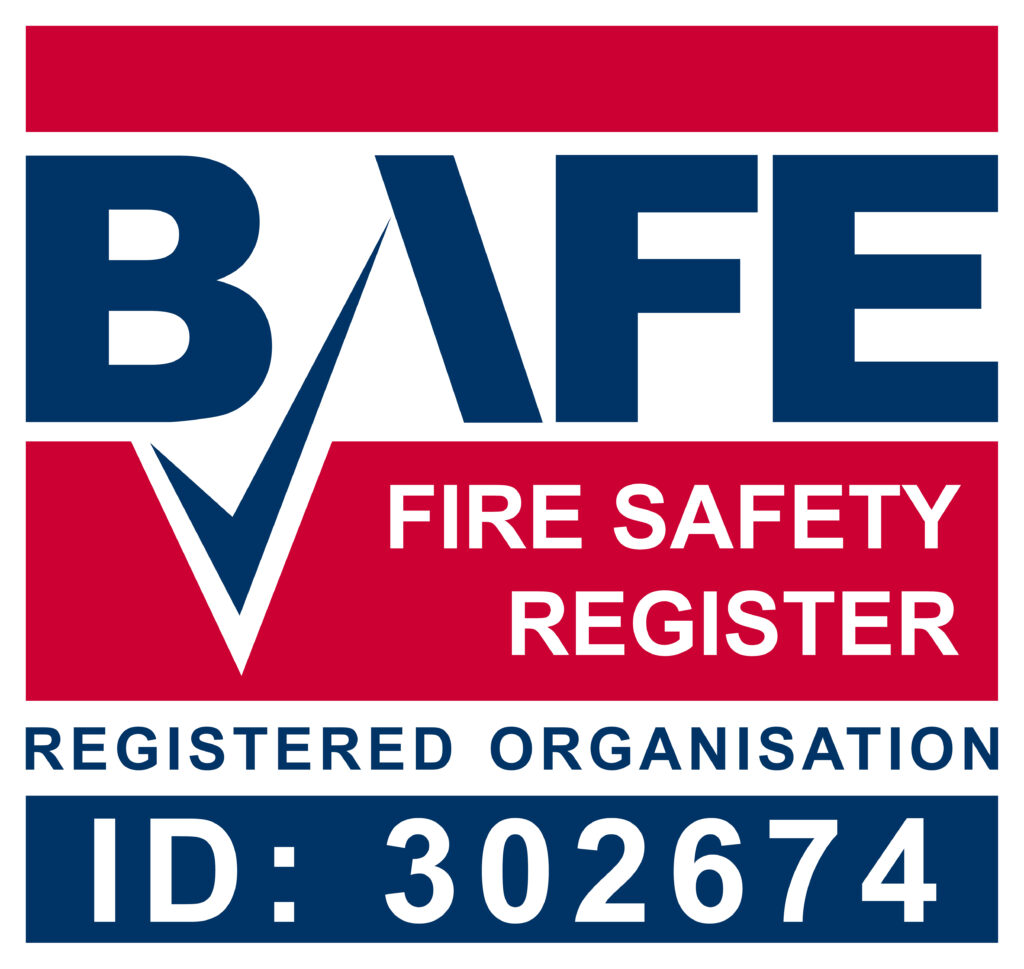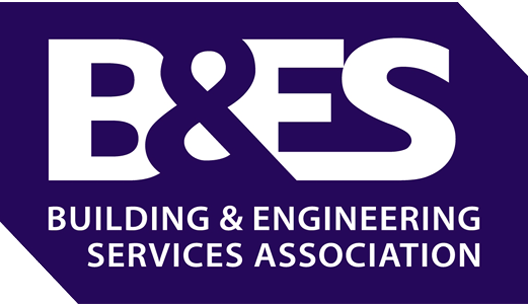Corrigenda has successfully delivered the construction of a new helipad at Salisbury District Hospital. This achievement marks a significant step in improving the hospital’s emergency response capabilities and underscores Corrigenda’s expertise in complex construction projects.
The Project’s Scope and Design
The helipad construction project was an ambitious endeavour, requiring detailed planning and execution. Here’s an overview of the key aspects of the project:
- Location and Infrastructure: The helipad was designed to fit within the existing hospital infrastructure, ensuring it would not disrupt daily operations. Its location provides easy access to the hospital’s emergency department, optimizing patient transfer times.
- Safety and Compliance: Corrigenda adhered to the highest safety standards throughout the construction process, ensuring the helipad meets all CAP1264 regulatory requirements for helicopter landing zones. This includes advanced lighting systems for night operations and robust structural support.
- Environmental Considerations: The project team considered environmental factors to minimise the helipad’s impact on the surrounding area. This involved using sustainable materials and implementing noise reduction measures to ensure the comfort of nearby residents and hospital staff.
Corrigenda’s Delivery
- Construction of a 22m x 22m helipad, adhering to CAP1264 standards, capable of supporting a maximum take-off mass of 8,600 kg which consisted of a compacted sub-base with steel mesh reinforcement, a brushed concrete finish, and regulatory standard line markings.
- Carry out necessary electrical infrastructure upgrades including provision of ductwork and new supply from nearby LV substation to helipad feeder pillar.
- Installation of illuminated windsock and specialist lighting, including green perimeter lights, yellow touchdown/positioning marking (TDPM) lights, and xenon floodlights to illuminate the helipad, ambulance service road, and nearby car park.
- Installation of audible and visual warning signs around the helipad to alert staff and the public when a helicopter is approaching.
- Installation and commissioning of a bespoke weather monitoring station mounted on a 10m tilt-over mast, equipped with a webcam and sensors to report on visibility & live weather conditions.
Overcoming Challenges
Construction of a helipad involves unique challenges, from securing necessary permits to coordinating with various stakeholders. Corrigenda excelled in addressing these challenges by:
- Collaboration with Hospital Teams: The company worked closely with hospital administration to ensure minimal disruption to hospital operations during construction.
- Community Engagement: Corrigenda maintained open communication with the local community, addressing concerns about noise and traffic during construction.
- Timely Delivery: Despite weather-related and logistical hurdles, the project was completed on schedule, showcasing Corrigenda’s commitment to quality and efficiency.
Impact on Salisbury District Hospital
The completion of the helipad has a direct and positive impact on Salisbury District Hospital’s emergency services. With the helipad in place, the hospital can respond more effectively to emergency situations, reducing patient transport times and improving outcomes. Additionally, the helipad allows the hospital to serve a broader region, expanding its reach and enhancing its role as a critical care provider.
Corrigenda’s successful delivery of this project reinforces its reputation as a reliable partner in construction and facilities management. The company continues to play a vital role in supporting healthcare infrastructure, contributing to the safety and well-being of the Salisbury community.









